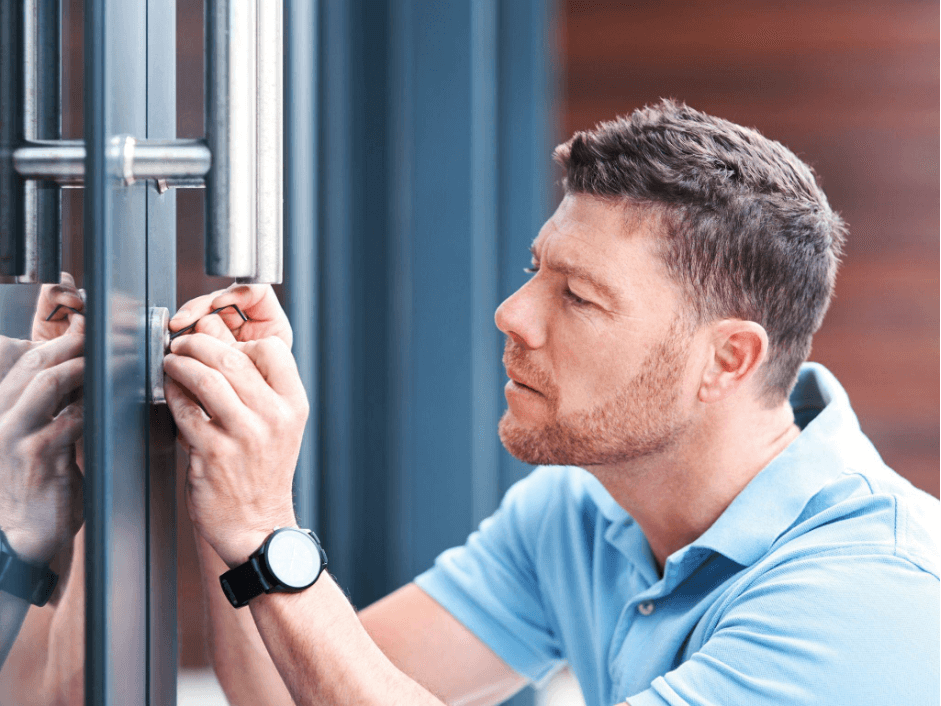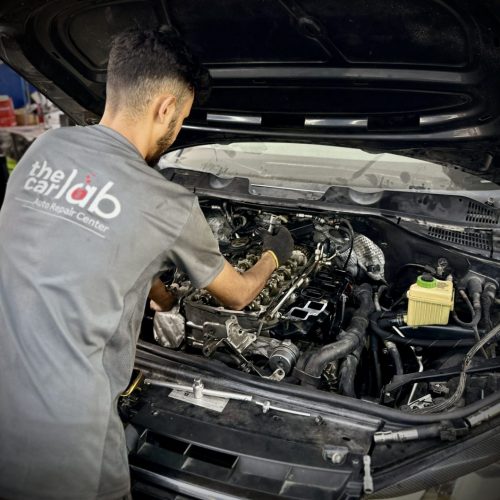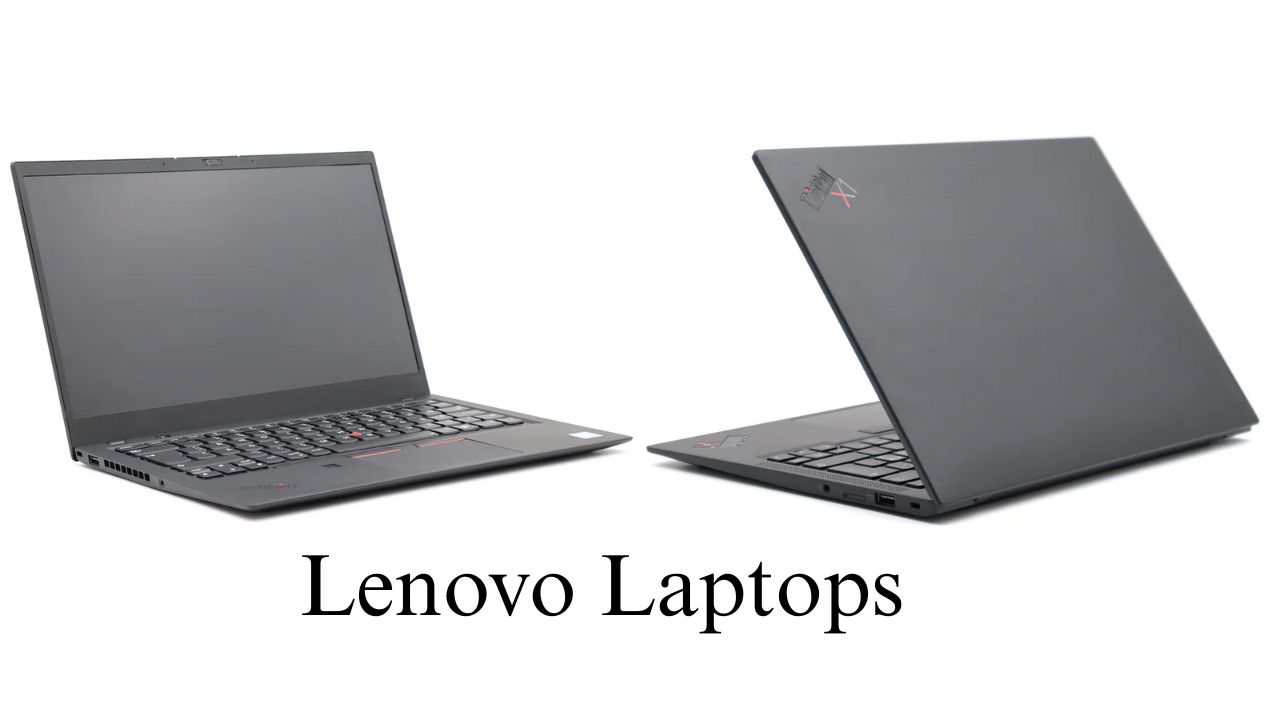In today’s technology-driven world, smart home solutions are no longer a luxury—they are a necessity for efficiency, comfort, and sustainability. In the UAE, where energy consumption is among the highest in the world due to extreme weather and rapid urban development, integrating smart switches can significantly improve energy efficiency. This article provides eight practical and foolproof tips for using smart switches to reduce energy consumption without compromising on convenience or style.
Understanding the Role of Smart Switches in Energy Management
Smart switches are advanced versions of traditional wall switches that allow users to control lights and appliances remotely using smartphones, voice assistants, or automation schedules. Unlike traditional switches, smart switches UAE can track energy usage, automate on/off schedules, and even integrate with home energy management systems. This makes them a crucial component in any smart home setup focused on reducing electricity bills and promoting sustainability.
Choosing Compatible Smart Switches for Your Home
Before investing in smart switches, it’s essential to ensure compatibility with your home’s wiring and existing smart home system. Many smart switches require a neutral wire, and not all homes in the UAE are equipped with this. Additionally, choosing switches that work with popular ecosystems like Alexa, Google Home, or Apple HomeKit ensures seamless integration and better control.
Working with a certified electrician and consulting a smart home expert can help you choose the right models that align with your needs and preferences.
Setting Up Smart Schedules to Avoid Wastage
One of the key advantages of smart switches is the ability to create custom schedules. In the UAE, where long daylight hours and high air conditioning use are common, scheduling lights and appliances to turn off during peak sunlight hours or when not in use can save a substantial amount of energy.
For instance, setting outdoor lights to operate only between sunset and midnight, or scheduling bathroom exhaust fans to run only when needed, can prevent unnecessary energy consumption.
Using Motion Sensors for Automated Control
Smart switches with integrated motion sensors or connected to standalone sensors can automatically turn lights on or off based on room occupancy. This feature is particularly useful in areas like hallways, bathrooms, or storerooms where lights are often left on unintentionally.
Incorporating motion sensors into your smart switch setup not only enhances convenience but also ensures that no electricity is wasted when rooms are unoccupied.
Monitoring Energy Usage Through Smart Apps
Most smart switches come with companion apps that offer insights into real-time and historical energy consumption. This feature enables homeowners in the UAE to identify energy-hungry appliances and patterns of excessive usage.
By analyzing this data, users can make informed decisions—such as replacing inefficient devices or adjusting usage times—to enhance overall energy efficiency.
Integrating Smart Switches with Smart Thermostats
A powerful energy-saving strategy involves integrating smart switches with smart thermostats. In the UAE, where air conditioning is a major contributor to electricity bills, optimizing when and how these systems operate is critical.
Smart switches can be programmed to work in tandem with thermostats to ensure that fans and lights operate only when rooms are in use and temperatures exceed certain thresholds. This synergy maximizes comfort while minimizing energy waste.
Enabling Remote Access for Greater Control
Remote access through mobile apps allows homeowners to control smart switches from anywhere in the world. Whether you’re on vacation or at work, this feature ensures you can turn off forgotten appliances or lighting with ease.
For residents in the UAE who travel frequently or have multiple properties, remote access adds a layer of convenience while ensuring energy-efficient behavior across all spaces.
Grouping Devices for Unified Control
Grouping multiple lights or appliances under a single control command enhances efficiency. Smart switches can be programmed to turn off all devices in a zone—such as all lights in the living room—with a single tap or voice command.
This reduces the likelihood of individual lights being left on and simplifies energy-saving practices, particularly in larger villas or offices common in UAE developments.

Taking Advantage of Solar Energy Integration
As solar panel adoption grows across the UAE, combining solar energy systems with smart switches provides an even greater energy-saving opportunity. Smart switches can be programmed to optimize power usage during peak solar production hours and reduce reliance on the grid.
This approach not only supports the UAE’s green energy goals but also maximizes the return on investment for homeowners who have adopted solar technology.
Conclusion on Energy Efficiency with Smart Switches
Smart switches represent a small but impactful investment in the pursuit of energy efficiency in the UAE. By choosing the right products, setting intelligent schedules, integrating with other smart devices, and utilizing data-driven insights, homeowners and businesses can significantly reduce their energy consumption and contribute to a more sustainable future.
As the UAE continues to lead in smart city innovations and green building initiatives, adopting smart switches is a practical and future-ready decision. From luxury villas in Dubai to modern apartments in Abu Dhabi, smart switches are transforming how energy is managed—one switch at a time.
Ready to upgrade your home with energy-efficient smart switches? Explore the best smart switch solutions tailored for the UAE market and take the first step toward smarter living.
For more insightful articles related to this topic, feel free to visit – Viewsparrow












